Home>Garden Essentials>Why Don’t Limes Have Seeds
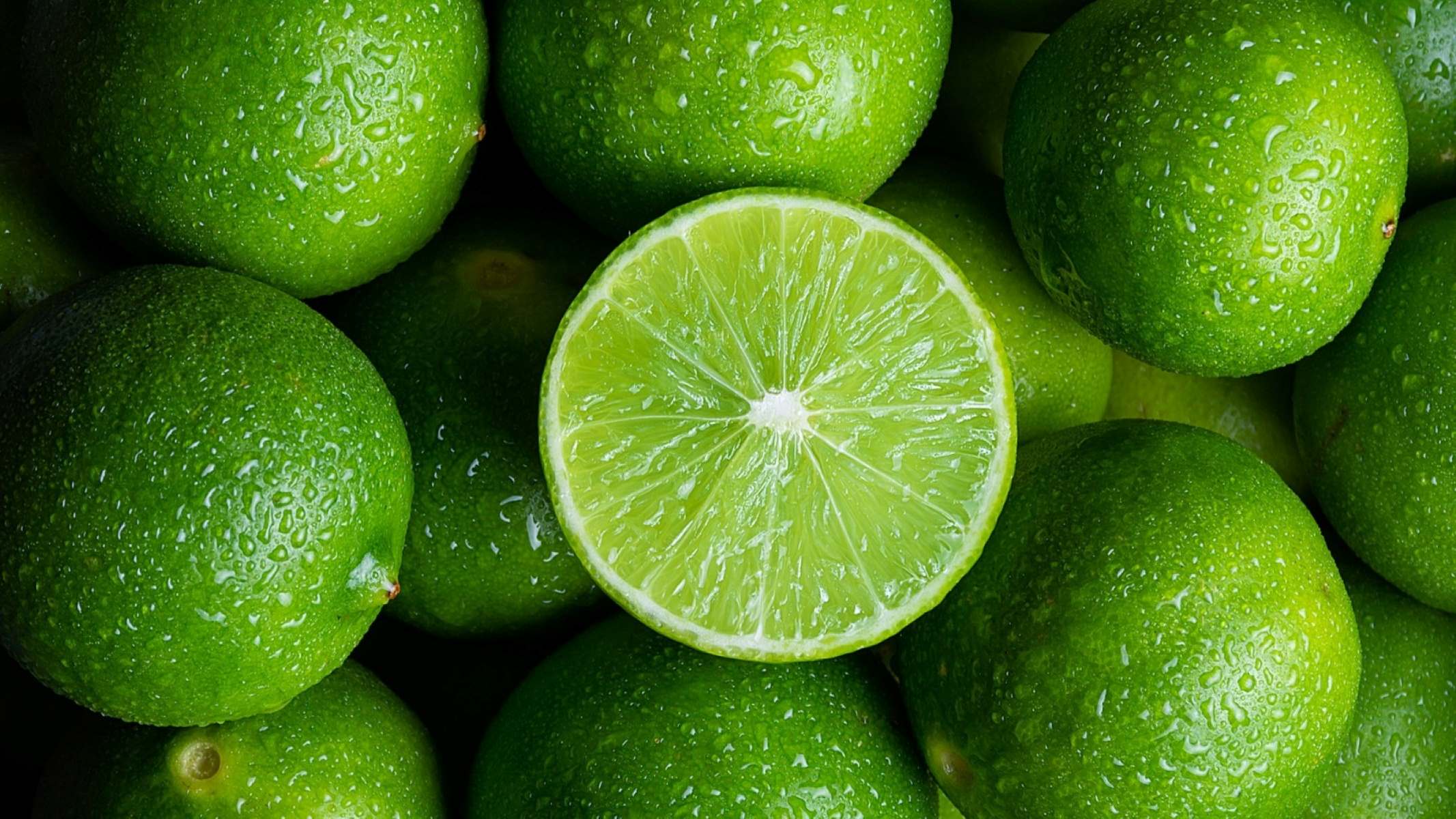

Garden Essentials
Why Don’t Limes Have Seeds
Modified: October 24, 2024
Discover the secret behind why limes don't have seeds and learn how to grow them in your garden.
(Many of the links in this article redirect to a specific reviewed product. Your purchase of these products through affiliate links helps to generate commission for Storables.com, at no extra cost. Learn more)
Introduction
When we think of limes, we often associate them with their zesty flavor and their important role in culinary creations and refreshing beverages. However, have you ever wondered why some limes don’t have seeds? It may seem like a mystery, but there is a fascinating scientific explanation behind this phenomenon.
The evolution of seedless limes is an interesting development in the plant world. While most fruits and vegetables reproduce through seeds, there are certain genetic mutations that have led to the development of seedless varieties. These seedless limes offer unique benefits and have become increasingly popular in both commercial and domestic use.
In this article, we will delve into the biological reasons for seedlessness, explore how seedless limes are produced, discuss different seedless lime varieties, highlight the health benefits they offer, and explore their various culinary uses.
So, grab a glass of lime-infused water or a refreshing limeade, and let’s discover the intriguing world of seedless limes!
Key Takeaways:
- Seedless limes are the result of natural mutations and human intervention, offering convenience and consistent flavor. They provide health benefits and enhance a wide range of culinary creations.
- Seedless limes, like Bearss and Key limes, are rich in vitamin C, support immunity, aid digestion, and add zesty flavor to beverages, sauces, and desserts. They are a versatile and nutritious addition to any diet.
Read more: Why Don’t Oranges Have Seeds
Evolution of Seedless Limes
The evolution of seedless limes can be attributed to a combination of natural and human interventions. In the wild, most fruits and vegetables produce seeds as a means of reproduction. However, certain genetic mutations and natural selection have resulted in the development of seedless varieties, including limes.
These mutations typically occur spontaneously and are the result of changes in the plant’s genetic makeup. Over time, these mutations can become more prevalent and establish themselves as a distinct variety. In the case of seedless limes, the absence of seeds is a desirable trait that has been perpetuated through generations.
Human intervention has also played a significant role in the evolution of seedless limes. Through selective breeding and cross-pollination techniques, plant breeders have been able to cultivate seedless lime varieties that exhibit the desired characteristics.
By selectively propagating trees that produce seedless limes, breeders have been able to establish and cultivate these varieties on a larger scale. This has led to the availability of seedless limes in the market and their widespread popularity among consumers.
Overall, the evolution of seedless limes is a fascinating example of how both natural and human factors can shape the development of new plant varieties. Through genetic mutations and selective breeding, seedless limes have emerged as a distinct and sought-after type of lime. Their seedlessness not only enhances convenience but also offers unique benefits in terms of taste and versatility in culinary applications.
Biological Reasons for Seedlessness
The absence of seeds in seedless limes is not a coincidence but rather the result of specific biological mechanisms. There are several reasons why certain lime varieties develop without seeds:
1. Parthenocarpy: Parthenocarpy is a biological phenomenon where fruit develops without the process of fertilization. In seedless limes, parthenocarpy allows the fruit to develop without the need for pollination and the subsequent formation of seeds. This can occur naturally through genetic mutations or can be induced through human intervention.
2. Seed Abortion: In some instances, seedless limes may actually start with seeds. However, during the fruit’s development, hormonal changes can occur, leading to the abortion or elimination of the seeds. This results in a seedless fruit that still possesses the characteristic flavors and properties of limes.
3. Triploidy: Triploidy refers to a condition where the cells of an organism contain three sets of chromosomes instead of the usual two. This abnormality can arise spontaneously or as a result of human intervention. Triploid limes, which have three sets of chromosomes, often produce seedless fruits. The extra set of chromosomes disrupts the normal development of seeds, resulting in seedlessness.
Seedlessness in limes offers several benefits. The absence of seeds means that the fruit can be easily consumed without the need for seed removal, saving time and effort. Additionally, seedless limes have a more consistent and smooth texture, making them ideal for use in various culinary applications.
Overall, the biological reasons for seedlessness in limes are fascinating. Through natural genetic mutations or induced mechanisms, seedless limes have emerged as a convenient and desirable variety, offering all the flavors and qualities that make limes a beloved fruit.
Commercial Significance of Seedless Limes
Seedless limes have gained significant commercial significance in the agricultural and culinary industries. Their unique characteristics and advantages have made them a popular choice for both producers and consumers alike.
One of the main advantages of seedless limes is the convenience they offer. The absence of seeds means that the fruit can be used directly without the need for time-consuming seed removal. This makes seedless limes a preferred choice for restaurants, cafes, and food manufacturers, as it saves time and effort in food preparation.
The consistent texture of seedless limes also makes them highly desirable in the culinary world. With no distractions from seeds, the flesh of seedless limes offers a smooth and uniform consistency, perfect for creating sauces, dressings, marinades, and other culinary creations.
Seedless limes also have a longer shelf life compared to their seeded counterparts. The absence of seeds minimizes the risk of spoilage and extends the fruit’s freshness. This quality is highly appealing to both retailers and consumers who seek longer-lasting produce with maximum flavor and quality.
From a consumer perspective, seedless limes are favored for their versatile use. They can be easily squeezed for fresh lime juice, used as a garnish or flavor enhancer in dishes and beverages, or incorporated into desserts and baked goods. Their seedlessness allows for a hassle-free experience, whether it’s enjoying a refreshing limeade or adding a zesty twist to a homemade guacamole.
Furthermore, seedless limes have become a staple ingredient in various industries, including the production of lime-flavored beverages, culinary condiments, and cosmetics. Their consistent flavor and absence of seeds make them a reliable choice for achieving the desired taste profiles and textures.
Overall, the commercial significance of seedless limes lies in their convenience, longer shelf life, and versatility. As the demand for quick and easy food options continues to rise, seedless limes have emerged as a valuable resource for chefs, food manufacturers, and consumers who seek hassle-free and consistent lime flavor in their dishes and products.
How Seedless Limes are Produced
The production of seedless limes typically involves a combination of natural processes and human intervention. Here is an overview of the methods used to cultivate seedless lime varieties:
1. Natural Mutations: In some cases, seedless lime varieties arise from natural genetic mutations. These mutations can occur spontaneously in lime trees, leading to the development of fruit without seeds. These naturally occurring mutations may be discovered by farmers or plant breeders who then propagate and cultivate these seedless lime trees to create a consistent seedless variety.
2. Cross-Pollination: Another method to produce seedless limes is through cross-pollination. Plant breeders selectively choose parent plants with desired traits, including seedlessness, and facilitate the transfer of pollen from one tree to another. This process allows for the combination of genes from different lime varieties and the production of offspring with seedless characteristics.
3. Induced Parthenocarpy: Parthenocarpy, or the development of fruit without fertilization, can also be induced in lime trees. This process typically involves the application of growth hormones or other treatments to stimulate fruit development without the need for pollination and the subsequent formation of seeds. By inducing parthenocarpy, seedless lime varieties can be grown and propagated.
4. Triploid Breeding: Triploidy, a condition in which plants possess three sets of chromosomes, is often associated with seedlessness in limes. Plant breeders can intentionally create triploid lime trees by crossing diploid (normal two sets of chromosomes) and tetraploid (four sets of chromosomes) lime varieties. The resulting offspring are triploid and tend to produce seedless fruit.
Once seedless lime trees have been established, they can be reproduced through vegetative propagation methods such as grafting or budding. This ensures that the seedless characteristics of the trees are maintained in subsequent generations.
Through a combination of natural mutations, controlled cross-pollination, induced parthenocarpy, and triploid breeding techniques, seedless lime varieties have been successfully produced and cultivated. These methods allow for the creation of consistent, seedless limes that offer numerous benefits to growers, distributors, and consumers.
Limes are typically seedless because they are usually grown from cuttings instead of seeds. If you want to grow your own lime tree, you can try planting a cutting from a healthy lime tree.
Read more: How To Plant Lime Seeds
Seedless Lime Varieties
There are several popular seedless lime varieties that have gained recognition for their distinct flavors and qualities. Let’s explore some of the most well-known seedless lime varieties:
1. Bearss Lime (Citrus latifolia): Bearss lime, also known as Persian lime, is one of the most widely cultivated seedless lime varieties. It features a bright green-yellow skin and a tangy, acidic flavor. Bearss limes are known for their juice content, making them a popular choice for culinary applications, especially in the production of limeade, sauces, and desserts.
2. Key Lime (Citrus aurantifolia): Key lime, also referred to as Mexican lime, is another popular seedless lime variety. It is smaller in size, with a thin, yellow-green skin and a more intense and aromatic flavor compared to other lime varieties. Key limes are highly sought after for making Key lime pie, a classic dessert known for its sweet-tart taste.
3. Kaffir Lime (Citrus hystrix): While Kaffir limes are primarily valued for their leaves, they also offer seedless fruits. Kaffir limes have a bumpy, dark green skin and a unique, pungent aroma. They are commonly used in Southeast Asian cuisine, particularly in dishes like curries, sauces, and soups.
4. Sweet Lime (Citrus limetta): Sweet lime, also called Sweet lemon, is a seedless lime variety with a mild, sweet flavor. It has a yellow-greenish color and a smooth skin. Sweet limes are popular for their juiciness and are often enjoyed fresh or used in fruit salads and beverages.
5. Rangpur Lime (Citrus × limonia): Rangpur lime is not a true lime but a hybrid between a mandarin orange and a lemon. It has a vibrant, reddish-orange color and a tart, acidic taste. Rangpur limes are commonly used for their zest and juice in cocktails, jams, and chutneys.
These seedless lime varieties vary in flavor profiles, appearances, and culinary applications. However, they all share the convenience and versatility of being seedless, making them ideal choices for a range of culinary creations and refreshing beverages.
Whether you’re looking for a tangy lime to enhance your savory dishes or a sweet and zesty lime for your desserts, these seedless lime varieties offer exciting options to explore in your culinary adventures.
Health Benefits of Seedless Limes
Seedless limes not only provide a burst of flavor to countless dishes but also offer several health benefits. Packed with essential nutrients and compounds, seedless limes can contribute to overall well-being. Let’s explore some of the health benefits they offer:
1. Rich in Vitamin C: Seedless limes are an excellent source of vitamin C, a powerful antioxidant that supports immune function, promotes collagen synthesis for healthy skin, and helps protect against oxidative damage from free radicals.
2. Boosts Immunity: The high vitamin C content in seedless limes strengthens the immune system, helping to fight off infections, reduce the severity of cold and flu symptoms, and support the body’s natural defense mechanisms.
3. Supports Digestive Health: Seedless limes contain natural compounds called flavonoids, which have been shown to possess anti-inflammatory and antibacterial properties. These properties can help improve digestion, promote gut health, and alleviate digestive discomfort.
4. Hydrating Properties: Seedless limes have high water content, making them a hydrating fruit choice. Staying well-hydrated is essential for maintaining proper bodily functions, supporting organ health, and aiding in digestion.
5. Aids in Detoxification: The citric acid present in seedless limes can aid in the detoxification process by promoting the production of digestive enzymes and stimulating liver function. This helps enhance the body’s natural detoxification pathways and removal of toxins.
6. Supports Weight Management: Seedless limes are low in calories and fat while offering a refreshing burst of flavor. Incorporating them into a balanced diet can help add taste to meals without significantly increasing calorie intake, making them a favorable choice for weight management.
7. Enhances Iron Absorption: The high vitamin C content in seedless limes can enhance the absorption of iron from plant-based foods. Consuming seedless limes alongside iron-rich plant sources, such as legumes or leafy greens, can optimize iron bioavailability and prevent iron deficiency anemia.
8. Provides Antioxidants: In addition to vitamin C, seedless limes contain other antioxidants such as limonoids and flavonoids. These antioxidants help neutralize harmful free radicals, protect cells from damage, and reduce the risk of chronic diseases like heart disease and certain cancers.
Incorporating seedless limes into your diet is a delicious way to reap these health benefits. Whether you enjoy them as a refreshing beverage, squeeze their juice over salads, or use them as a flavor enhancer in various recipes, seedless limes offer a nutritious boost to your overall well-being.
Culinary Uses of Seedless Limes
Seedless limes are a versatile ingredient that adds a tangy and refreshing flavor to a wide range of culinary creations. From savory dishes to desserts and beverages, seedless limes bring a zesty twist to any recipe. Let’s explore some of the culinary uses of seedless limes:
1. Beverages: Seedless limes are a key ingredient in a variety of refreshing beverages. They can be squeezed to make fresh limeade, added to cocktails like margaritas or mojitos, or infused into water for a hint of citrus flavor. The bright and tangy taste of seedless limes adds a refreshing element to any beverage.
2. Sauces and Dressings: Seedless limes are commonly used to create tangy and flavorful sauces and dressings. Their acidity brightens up the flavors of dishes and adds a zesty kick. Lime vinaigrettes, lime-infused marinades for meats or seafood, and spicy lime sauces are just a few examples of how seedless limes can enhance the taste of a dish.
3. Marinades and Rubs: Seedless limes are a popular ingredient in marinades and rubs for meat, poultry, and seafood. The acid in the lime juice helps tenderize the proteins and infuse them with a vibrant flavor. Lime-infused marinades are particularly delicious when used for grilling or roasting, adding a delicious citrusy and charred taste to the finished dish.
4. Salsas and Guacamole: Seedless limes provide the perfect tangy and citrusy flavor for salsas and guacamole. When combined with tomatoes, onions, cilantro, and other fresh ingredients, seedless limes add a zesty twist and help balance out the flavors. The acidity of the lime juice also helps prevent avocado from browning, keeping guacamole fresh and vibrant.
5. Desserts: Seedless limes are a delightful addition to various sweet treats. Their tart and citrusy flavor pairs well with desserts like key lime pie, lime-infused cakes, lime bars, and lime-flavored sorbets. The juice and zest of seedless limes can be used to create delectable desserts with a refreshing twist.
6. Salad Dressings and Marinades: Seedless limes add a tangy and citrusy flavor to salad dressings and marinades. Whether used in a simple vinaigrette or combined with other herbs and spices to create a bold marinade, seedless limes bring a refreshing element to salads and grilled vegetables.
7. Asian and Mexican Cuisine: Seedless limes are frequently featured in Asian and Mexican cuisine. They are used in dishes like Pad Thai, Thai curries, ceviche, salsa verde, and many more. The bright and tangy flavor of seedless limes complements the spicy, savory, and aromatic elements of these cuisines.
8. Baking: Seedless limes can be used in various baked goods to add a burst of citrus flavor. Lime zest can be incorporated into cakes, cookies, muffins, and tarts to infuse them with a tangy taste. Lime juice can also be added to glazes, icings, and frostings for a zesty twist.
These are just a few examples of the countless culinary uses of seedless limes. Their tangy and refreshing flavor profile makes them a versatile ingredient that can elevate any dish, from appetizers and main courses to desserts and beverages. So, the next time you’re in the kitchen, don’t forget to reach for a seedless lime to add that extra zing to your creations!
Conclusion
Seedless limes have certainly made their mark in the culinary world, captivating both chefs and home cooks with their tangy and refreshing flavor. Through a combination of natural mutations, selective breeding, and induced parthenocarpy, these seedless lime varieties have emerged to offer convenience, versatility, and enhanced culinary experiences.
From the evolution of seedless limes to the biological reasons behind their seedlessness, we have explored the fascinating journey of these fruits. The commercial significance of seedless limes lies in their time-saving convenience for food preparation, longer shelf life, and their ability to provide consistent flavor and texture.
Seedless limes offer numerous health benefits as well, such as being rich in vitamin C, boosting immunity, supporting digestive health, and providing antioxidants. They can be incorporated into a balanced diet to add a refreshing and nutritious element to your meals and snacks.
Culinary uses of seedless limes are plentiful, ranging from beverages and sauces to desserts and marinades. Their tangy and zesty flavor enhances the taste of various dishes, lending a bright and refreshing twist to recipes from around the world.
In conclusion, seedless limes have become a beloved ingredient in kitchens worldwide. Their seedlessness and flavorful characteristics have made them a preferred choice for culinary enthusiasts, while their health benefits provide an added bonus. Whether you’re squeezing them into drinks, using them in marinades, or incorporating them into your favorite dessert recipes, seedless limes are sure to bring vibrancy and zest to your culinary adventures.
So, the next time you reach for a lime, consider the convenience and versatility of seedless limes. Embrace their unique qualities and let their tangy flavors elevate your dishes to new heights of deliciousness.
Frequently Asked Questions about Why Don't Limes Have Seeds
Was this page helpful?
At Storables.com, we guarantee accurate and reliable information. Our content, validated by Expert Board Contributors, is crafted following stringent Editorial Policies. We're committed to providing you with well-researched, expert-backed insights for all your informational needs.
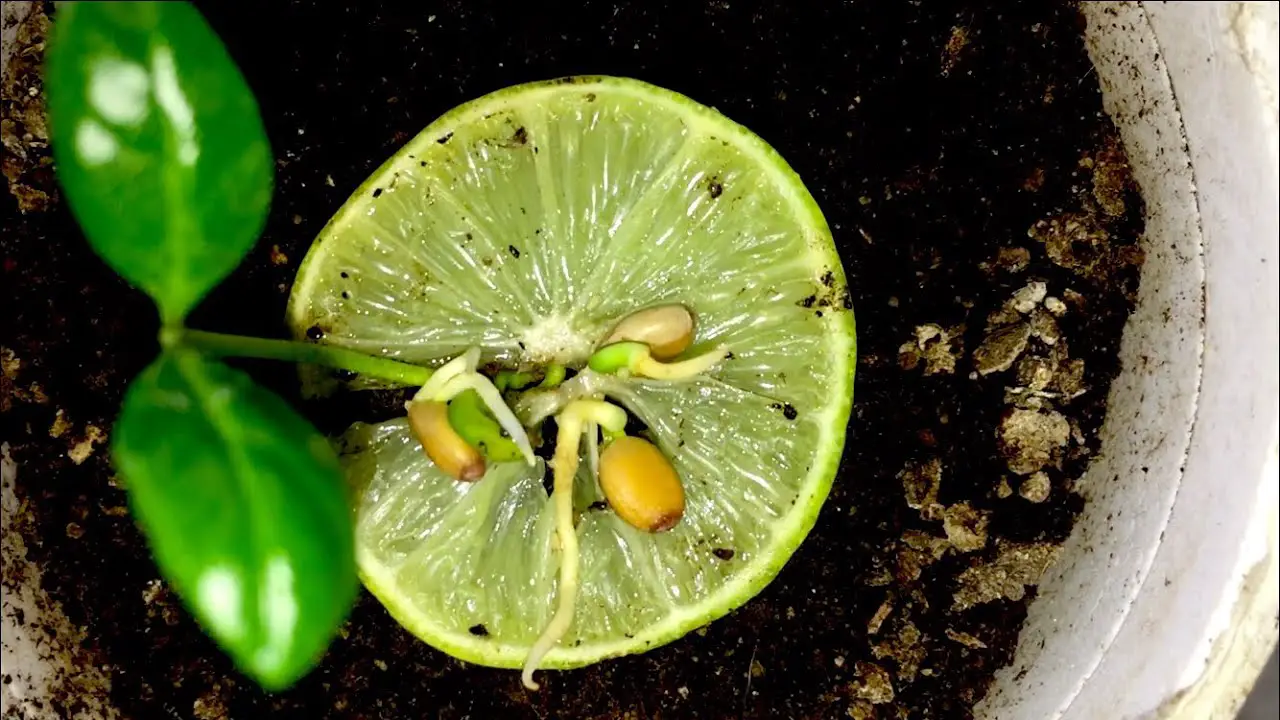


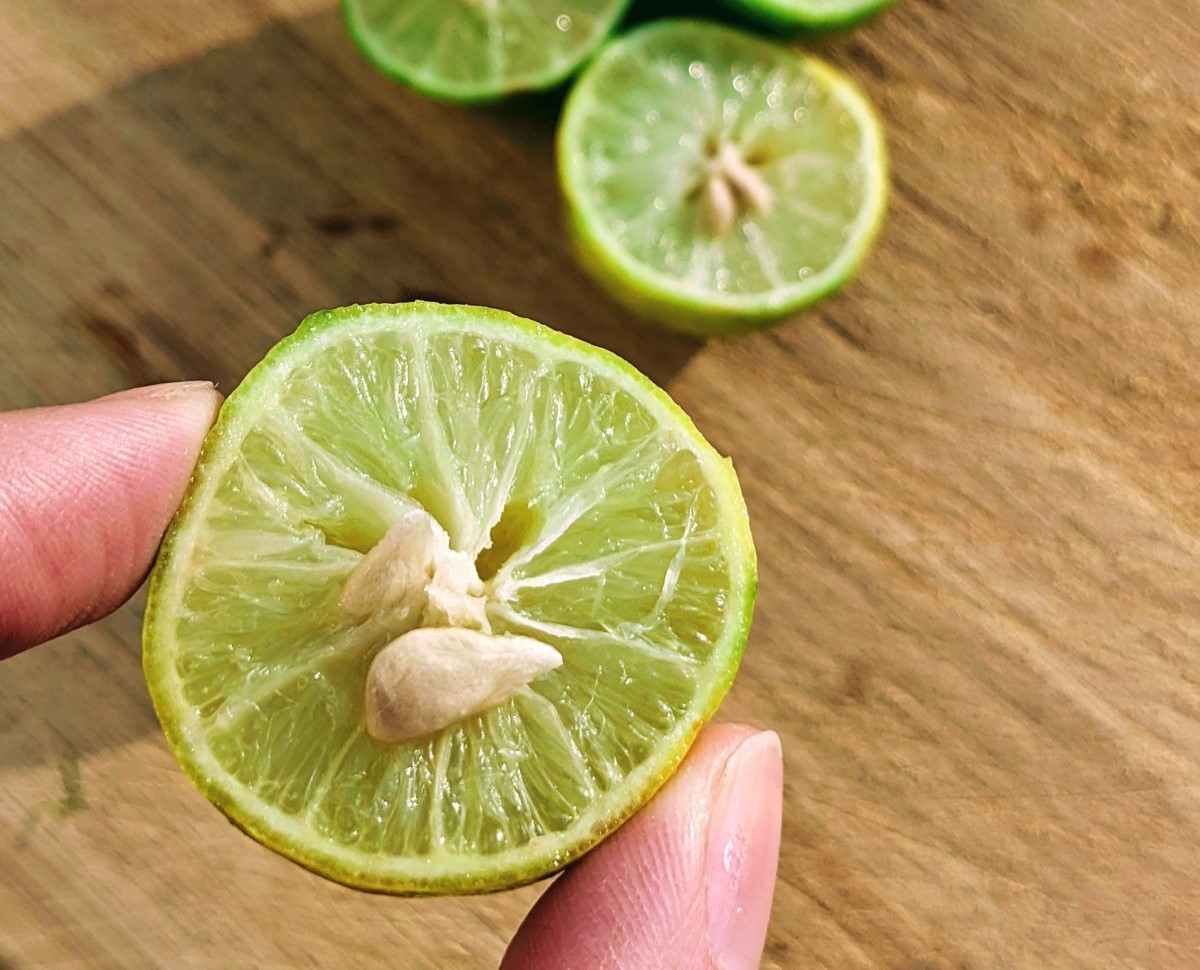







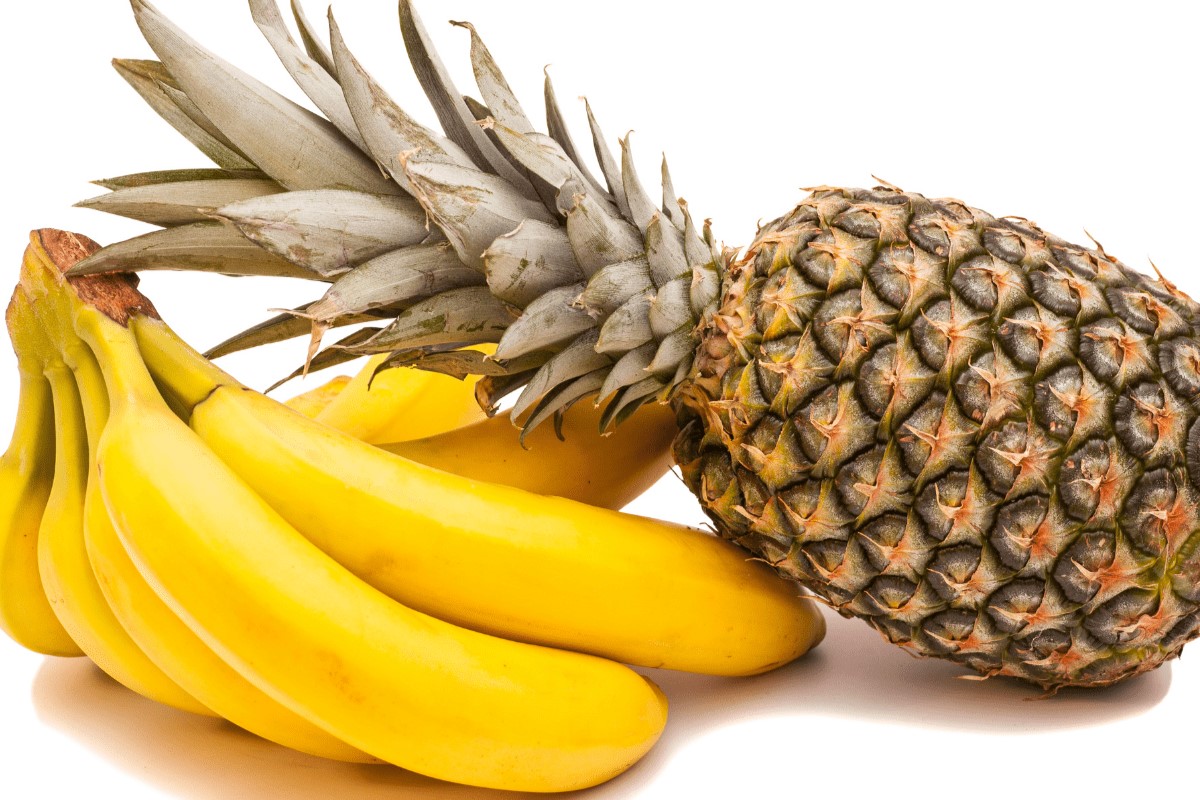
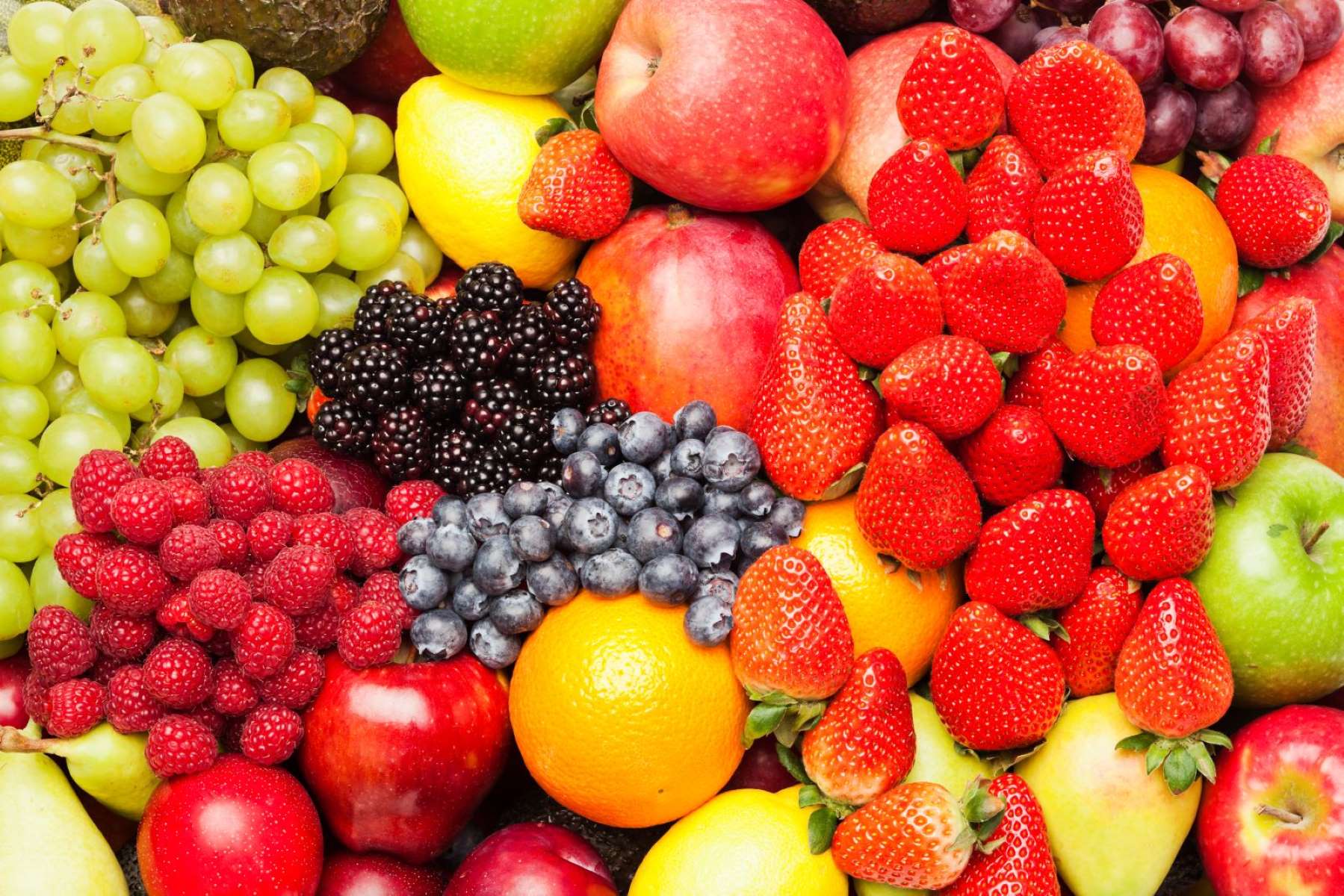
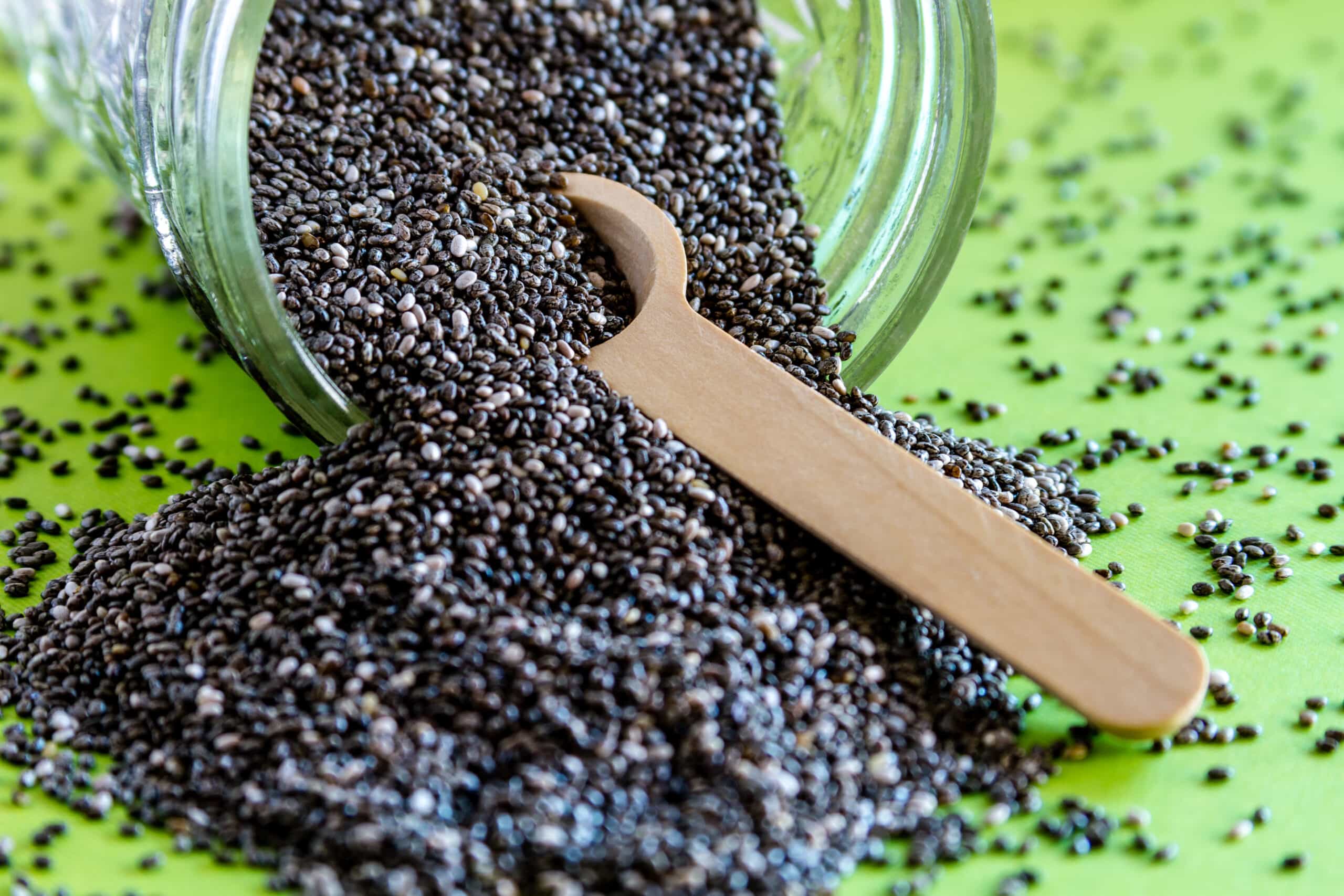

0 thoughts on “Why Don’t Limes Have Seeds”